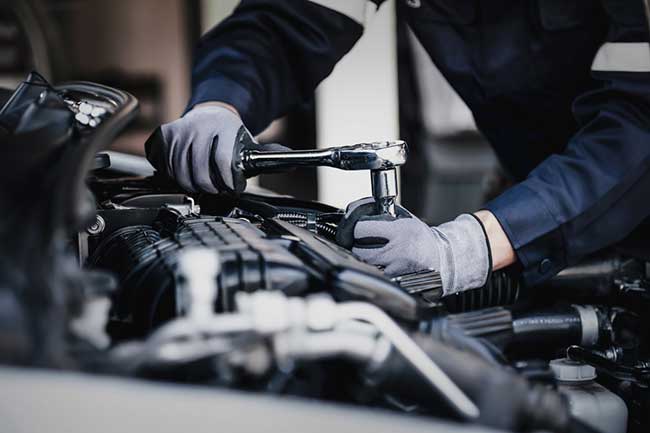All Categories
Featured

The check engine light (CEL) is among the most important warning systems in your cars and truck, yet it commonly creates complication or worry for many motorists. Understanding what this light stands for and just how to manage it can conserve you time, money, and unneeded tension. This guide provides an overview of what causes the CEL, its possible effects, and the actions you should take when it brighten.
What Does the Check Engine Light Indicate? The CEL belongs to your auto's onboard diagnostics system (OBD), which monitors engine efficiency and emissions. When the system finds a concern that needs your interest., it lights up.
Solid Light: Signals a non-urgent problem but one that must be dealt with soon, such as a sensor malfunction or emissions-related problem. Flashing Light: Indicates a critical issue like an engine misfire. Driving in this problem can trigger extreme damages, so prompt action is necessary. Common Reasons For the Examine Engine Light. The CEL can illuminate for a variety of reasons, some minor and others a lot more serious. Here are several of the most regular causes:
Loosened or Damaged Gas Cap:
A loose gas cap can endanger the fuel system, triggering the CEL. When the light comes on, monitoring and tightening the cap is an easy initial action. Faulty Oxygen Sensing Unit:
This sensing unit monitors the air-to-fuel proportion in your engine. A breakdown can decrease fuel effectiveness and boost exhausts. Malfunctioning Catalytic Converter:
The catalytic converter helps in reducing unsafe exhaust discharges. Disregarding other engine concerns, like misfires, can cause catalytic converter damage. Ignition System or Ignition Coil Problems:
These parts are crucial for starting and running your engine smoothly. Normal maintenance can avoid wear and failing. Mass Air Flow Sensing Unit Troubles:
This sensor determines the quantity of air entering the engine to ensure optimal performance. A filthy or faulty sensing unit can minimize efficiency and power. When the Inspect Engine Light Comes On, steps to Take. Examine the Gas Cap:
Tighten the cap and see if the light shuts off after driving a couple of miles. Observe the Lorry's Habits:
Note any uncommon signs and symptoms like rough idling, minimized power, or unusual sounds. Check the Codes:
Utilize an OBD-II scanner to recover trouble codes stored in your car's computer. Several vehicle parts stores provide this service for totally free. Go To a Mechanic:

If the light stays on or is blinking, take your lorry to a specialist for an in-depth diagnosis. Preventing Inspect Engine Light Issues. Proactive upkeep is the best way to prevent CEL troubles. Comply with these pointers:
Adhere To a Regular Upkeep Arrange: Change your oil, replace filters, and check ignition system on time. Check the Gas Cap: Replace harmed caps to stop leaks in the fuel system. Usage Quality Fuel: Poor-quality gasoline can add to sensor and exhausts issues. Why Prompt Action Matters. Disregarding the CEL can bring about more extreme problems, such as engine damages or pricey repair work. If overlooked., a tiny problem like a loose gas cap can grow out of control right into a significant cost.
Conclusion. The check engine light is a vital tool for maintaining your vehicle's wellness. By comprehending its purpose and reacting promptly, you can stay clear of unneeded fixings and keep your cars and truck running smoothly. The next time the CEL begins, keep in mind to remain calm, examine the fundamentals, and speak with a specialist if required.
Latest Posts
Specialist Residential Roof Covering Solutions You Can Trust Fund
Published May 23, 25
1 min read
Expert Residential Roof Covering Solutions You Can Count On
Published May 23, 25
1 min read
Explore Reduce Expenses on Car Maintenance with Montclare Auto Repair’s Special Deals
Published May 23, 25
1 min read
More
Latest Posts
Specialist Residential Roof Covering Solutions You Can Trust Fund
Published May 23, 25
1 min read
Expert Residential Roof Covering Solutions You Can Count On
Published May 23, 25
1 min read
Explore Reduce Expenses on Car Maintenance with Montclare Auto Repair’s Special Deals
Published May 23, 25
1 min read